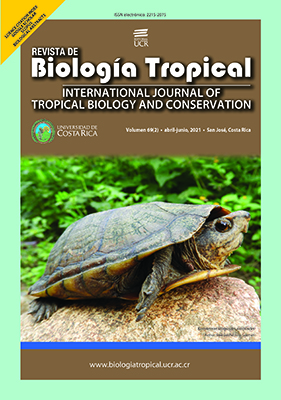Abstract
Introduction: Despite extensive science-based conservation policy recommendations, with fewer than 20 individuals remaining, the vaquita (Phocoena sinus) -endemic to the Gulf of California- is the world’s most endangered marine mammal due to incidental catch in fishing nets and whether it can recover is unclear. Objective: Assess expectations for vaquita over the next two decades. Methods: We identified factors affecting the vaquita, constructed life tables, derived demographic parameters for different scenarios and conducted a population viability analysis using stochastic age-structured matrix Leslie models. Results: Analytical results indicate that the vaquita net growth rate is particularly sensitive to juvenile survival. We find that intensive, ongoing bycatch in gillnets used to poach totoaba (Totoaba macdonaldi) over the past decade brought the vaquita population to its current critically low size. Currently this seems to be exacerbated by demographic stochasticity and a potential Allee effect. Conclusions: If totoaba poaching is eliminated immediately, demographically, vaquita can recover; its long-term survival will depend on its uncertain genetic status, although a recent study found encouraging results in this regard.

This work is licensed under a Creative Commons Attribution 4.0 International License.
Copyright (c) 2021 Miguel A. Cisneros-Mata, Juan A. Delgado, Demetrio Rodríguez-Félix


